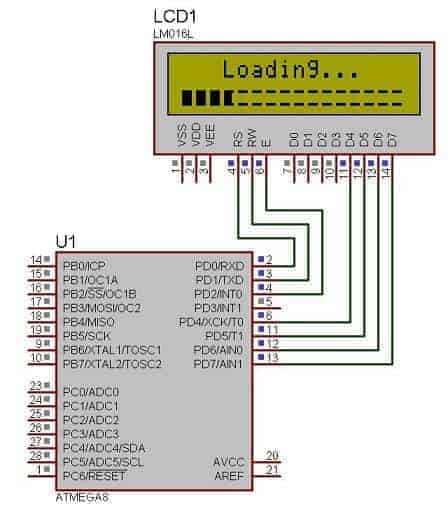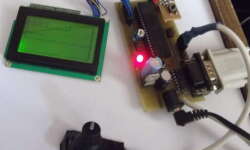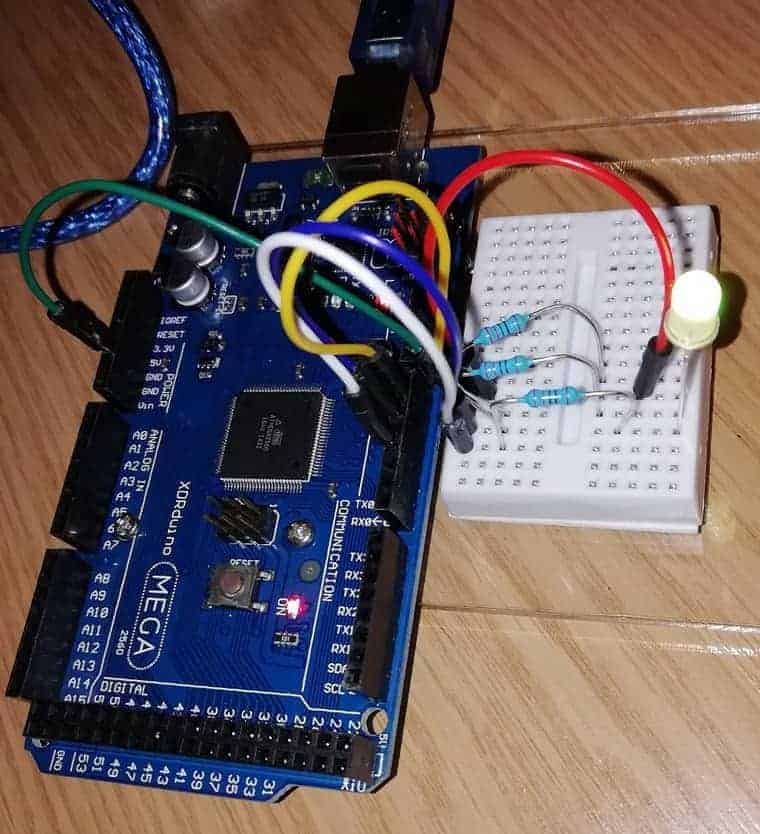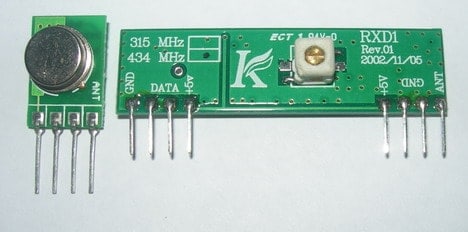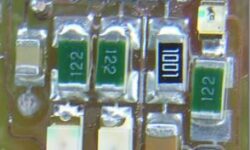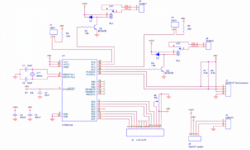How to write an LCD menu for AVR in C
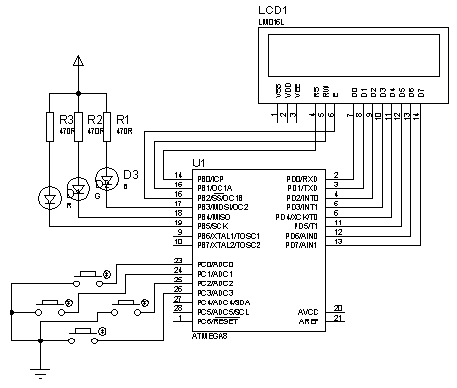
Let us write a simple LCD menu for AVR. I am using four buttons: 2 for menu scrolling up and down and two for changing submenu parameters. As the output indicator, I am using three LEDs that flash according to the menu’s parameters. Button states are captured by using timer0 overflow interrupts. The circuit is elementary: I have excluded the power circuit for simplicity, just left the main parts: LCD, LEDs, and buttons. This circuit works well with the Proteus simulator as it is. The Proteus circuit is attached to the project archive. My idea is to store menu strings in Flash memory without occupying MCU RAM. This way, menu items are limited only by Flash memory, not by RAM.






